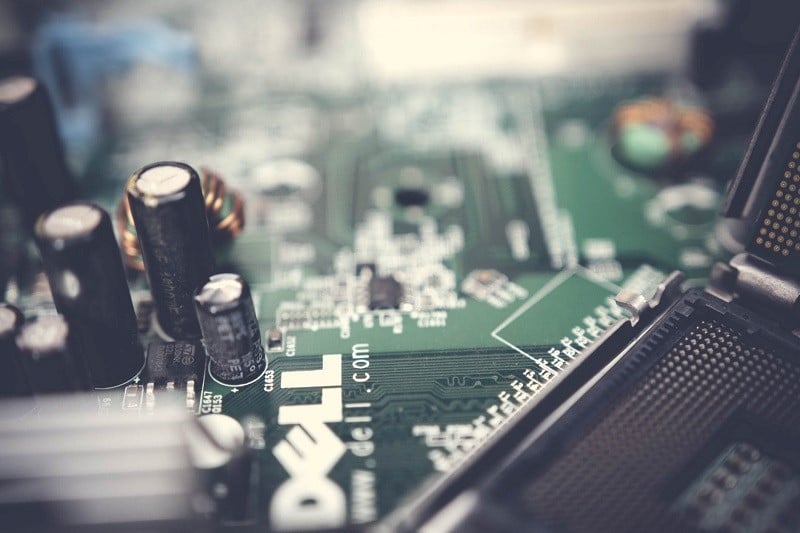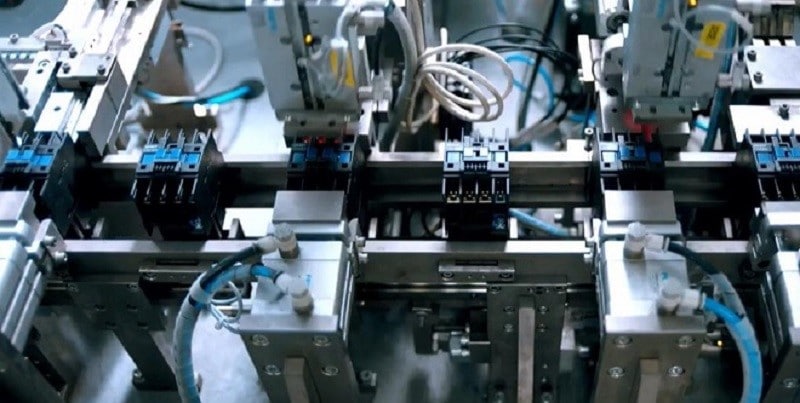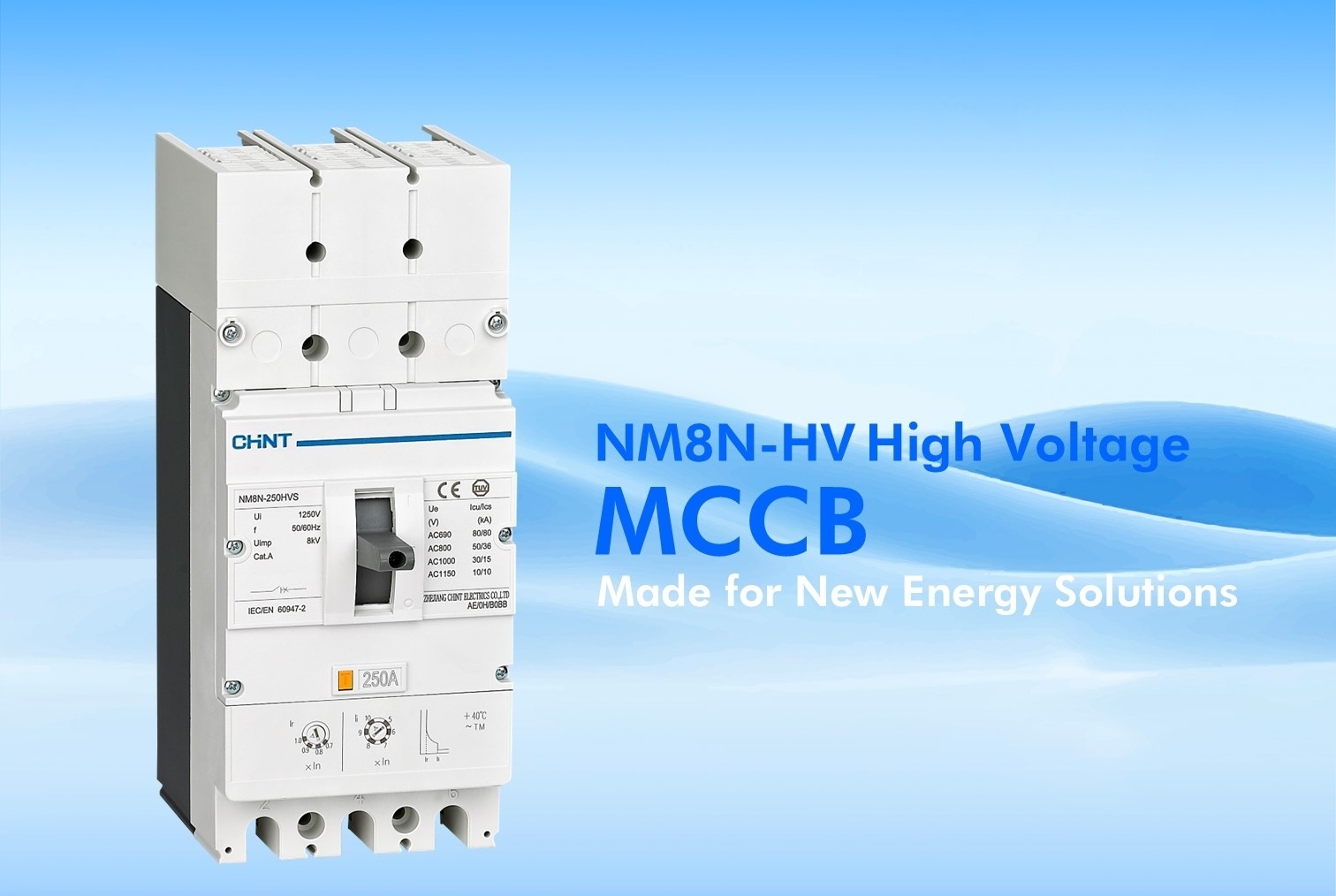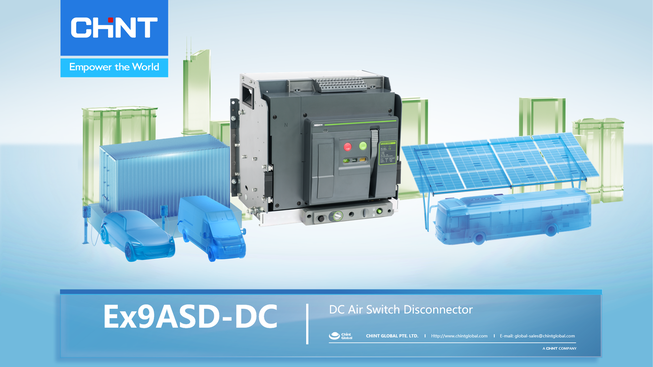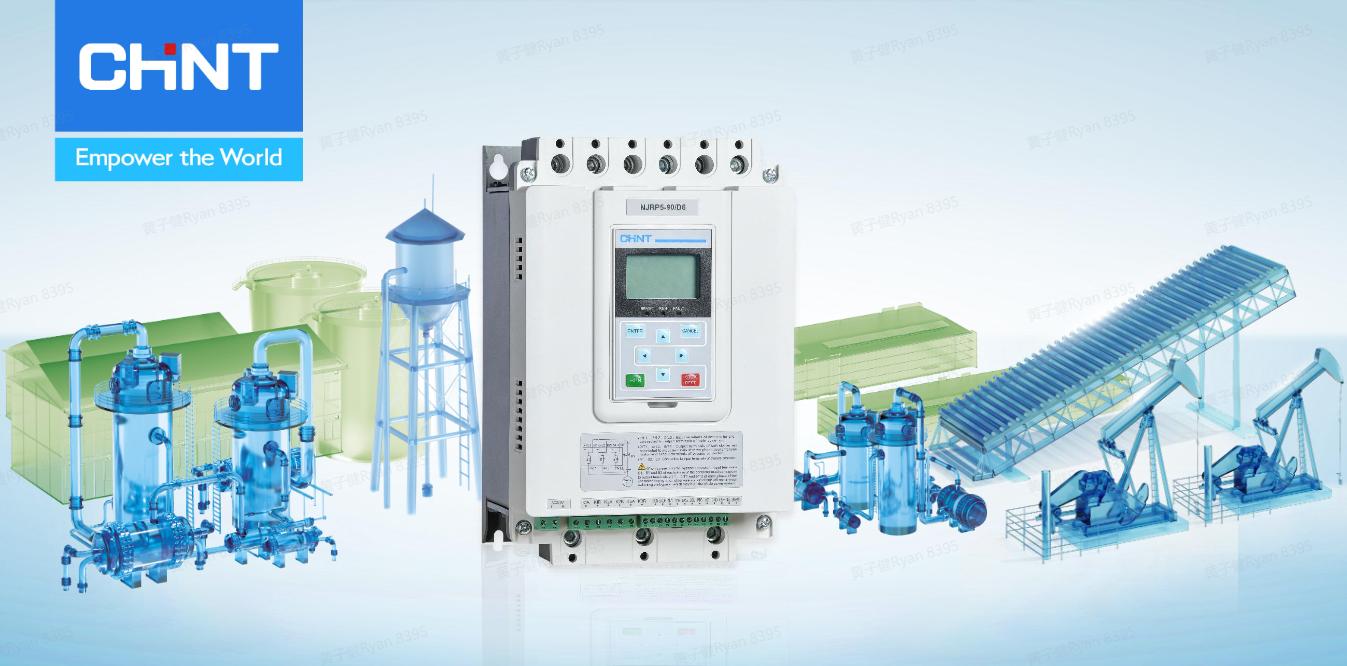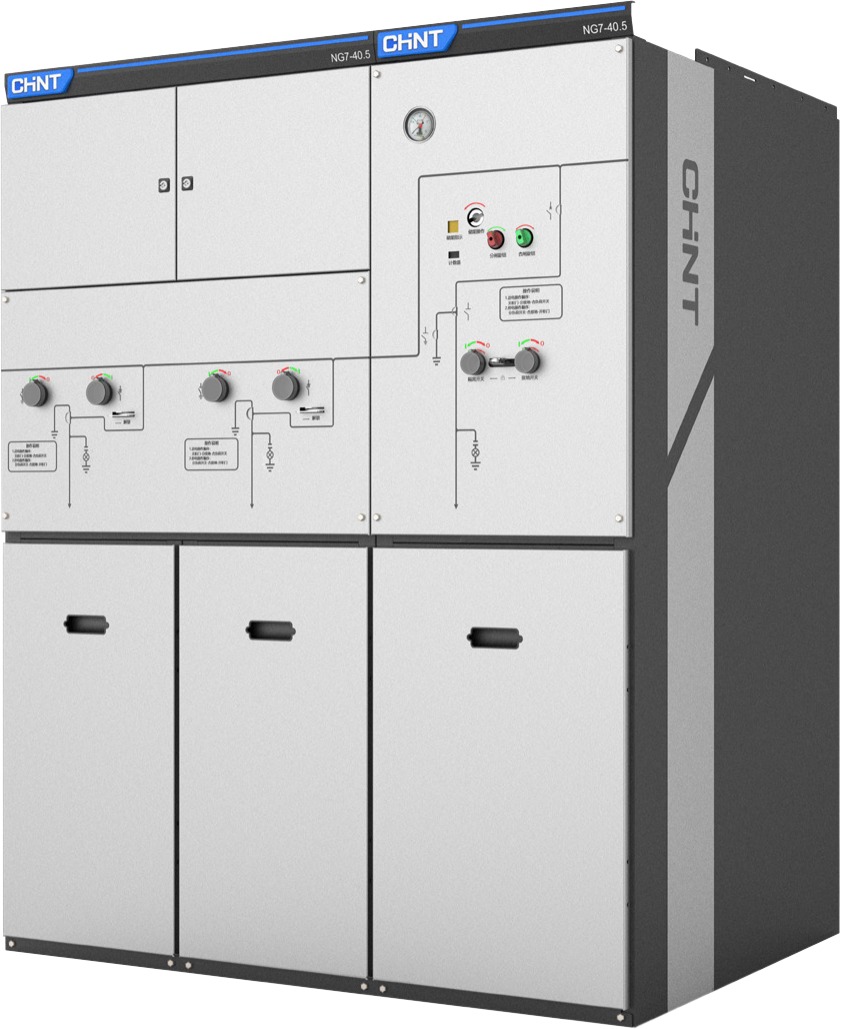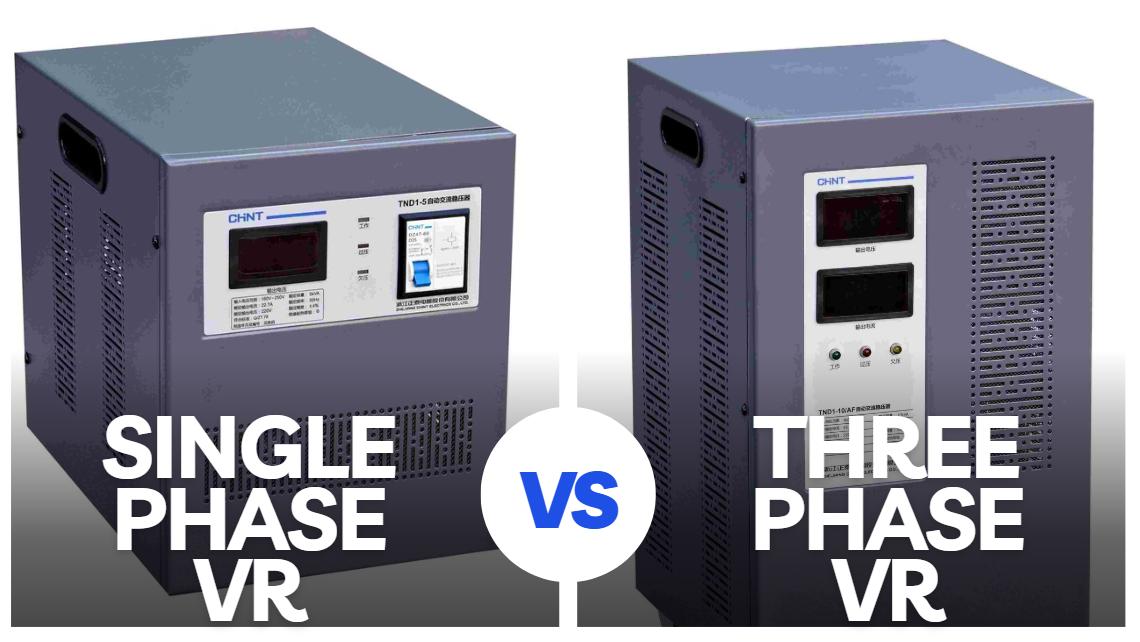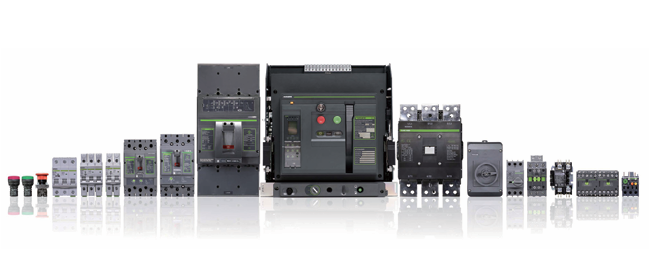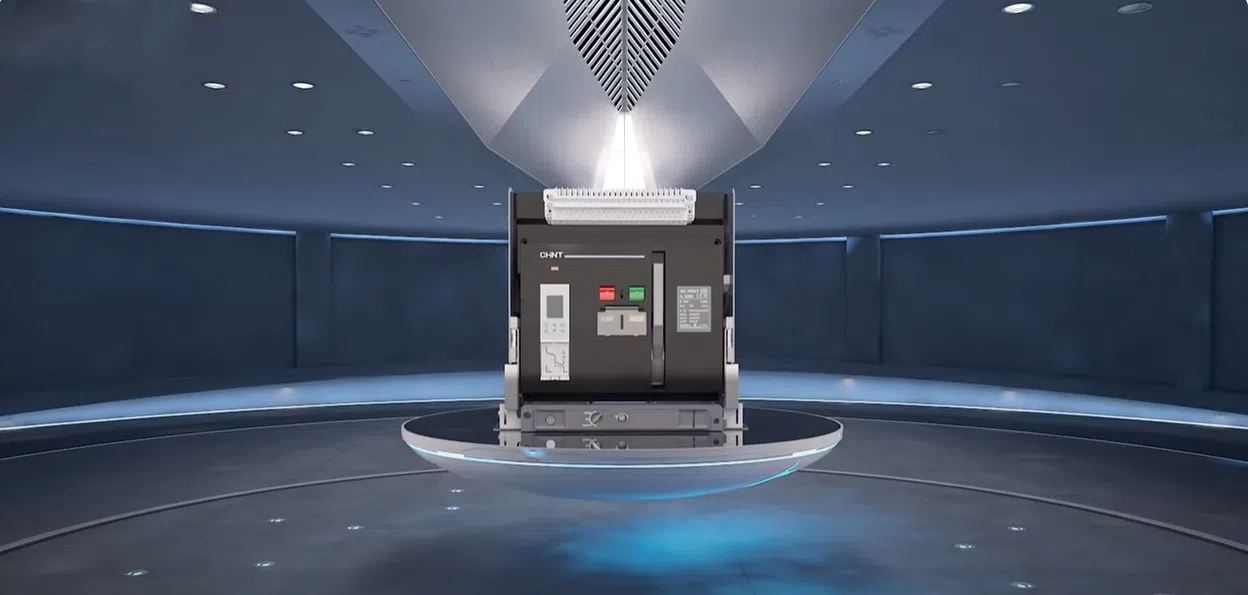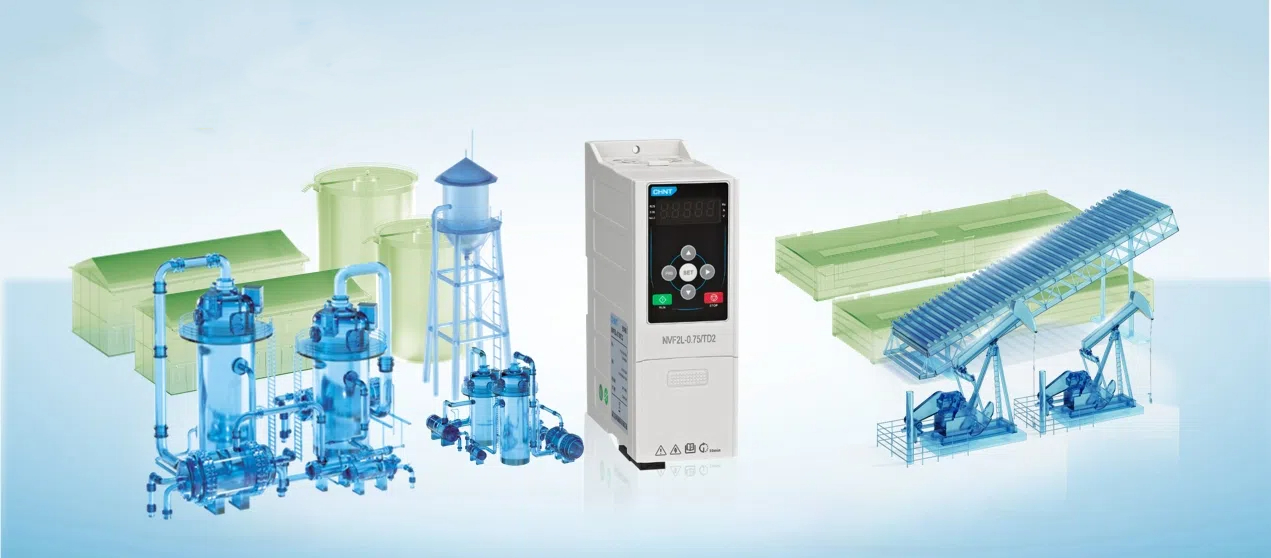Have you heard about a capacitor? Do you know they are amazing storage devices? Do you know how capacitors work? If you are looking for ways to know about capacitor and its applications, what does a capacitor do, the types of capacitors, etc., then read further.
Capacitors work more or less like a battery. They work differently but they support a similar purpose. If you are aware of how a battery works, then you must be knowing that it has two different terminals. The chemical reactions produced in the battery ensure that electrons are produced at one terminal while it is absorbed in the other while a circuit is made.
A Capacitor, on the other hand, is a simpler device than a battery. They do not produce electrons rather store them. A capacitor gets its name because it can store energy.
What Is a Capacitor?
A device that stocks electrical energy is called a capacitor. The electrical energy is reserved by a capacitor in an electrical field. It has two terminals and is a docile electronic component. Capacitance is termed the effect of the capacitor. Capacitors were originally called condensers, which are not so popularly used in recent times.
The construction of capacitors often varies depending on their application. There are various types of capacitors in use. Capacitors mostly contain metallic plates on the ends with a dielectric medium in between. The metallic plates act as electric conductors and this can be anything- a foil, an electrolyte, thin-film, or metallic plates. The dielectric medium placed in between works towards increasing the charge capacity of the capacitor. Ceramic, mica, glass, air, etc., are used as dielectrics.
Capacitors often find a prominent role in electrical circuits. While a resistor is known to dissipate energy, capacitors often do not dissipate energy. However, in practical applications, capacitors do dissipate a small amount of energy.
How Does a Capacitor Work?
Now that you have learned what a capacitor is, let us see the capacitor working and its applications. A capacitor works more like a battery and has a very low capacity. A capacitor can be discharged in a jiffy and it takes the same amount of time to recharge it as well. While the battery often works due to the chemical reactions taking place inside it, capacitors work a little differently. Here is an overview of how does a capacitor work.
Today, capacitors come in different shapes and sizes. The plates of a capacitor are usually wired to an electrical circuit with the help of terminals. Charging a capacitor can be done easily by hooking it into an electrical circuit.
When the power is turned on, the electric charge starts accumulating on the plates. While one plate gains a positive charge, the other plate gains an equal and opposite charge. When the circuit is turned off, the capacitor holds the charge in it. When you connect this capacitor to a secondary circuit like that of a flashbulb or an electric motor, the capacitor discharges until there is no charge left on its plates.
Types of Capacitors
There are various types of capacitors. A ceramic capacitor is one that uses a ceramic dielectric. There are also polymer capacitors that have a conductive polymer as an electrolyte. Aluminum, niobium, tantalum is some of the commonly used polymer capacitors. Paper and film capacitors use the respective dielectrics and hence the name. Apart from this, we also have super capacitors that are widely in use.
Capacitors can also be divided into shunt capacitors and series capacitors. The usage of shunt capacitors are a vital component of any power system. They are helpful when it comes to power correction. A shunt capacitor is the one that sorts out the issues with a power system ranging from a low voltage to power factors. Shunt capacitors, in transmission bus, help in increasing the operating voltages. The increase in transmission voltage helps in supplying a lesser current to the load, thereby contributing to reduced transmission losses.
The inductance of the transmission lines is compensated by series capacitors. The transmission capacity and stability of a line are increased by the use of series capacitors. Series capacitors are also used in load sharing between the parallel lines.
If you are looking forward to buying the right kind of capacitor and want to know a reputed name in the industry then CHINT is a name you should consider. You are sure to get your needs solved.
How to Test a Capacitor?
Method 1
We can test a capacitor by using a multimeter. This is one of the fastest ways to test a capacitor. A digital multimeter is required for this purpose. The capacitance meter present in the multimeter displays the capacitance of the capacitor. The capacitor may be disconnected from the circuit and discharged completely to check the capacitance.
Method 2
The second method to test a capacitor is by measuring the time constant. This method is employable only when the capacitance value is known. the time constant is the time taken by that capacitor to charge to 63.2% of the voltage applied with a known resistor in place.
Method 3
The capacitor can be tested by using a voltmeter. The voltage rating of the capacitor is used to test the capacitor with this method. The voltage is mentioned as 16V, 12V, 50V, etc., based on the maximum voltage a capacitor can tolerate. The capacitor is charged for a short time and the power supply is disconnected. The multimeter readings are then noted. If the reading is close to the initial voltage reading, then we may say the capacitor is in good condition.
Conclusion
Capacitors are primarily used as storage devices. They are sometimes used in signal decoupling, power conditioning, remote sensing, electronic noise filtering, etc. Capacitors are virtually an unavoidable component in any electrical circuit.
In large circuits, capacitors can store a considerable amount of energy and this can lead to electrical shocks. Hence, it is always advised to discharge the capacitors before using any electrical equipment. They are also prominently used in electric circuits to block direct current and allow alternating current to pass through the circuit. Capacitors are finding wider applications in the field of electronics and its importance can be denied.





